In Valerie Stivers’s Eat Your Words series, she cooks up recipes drawn from the works of various writers.
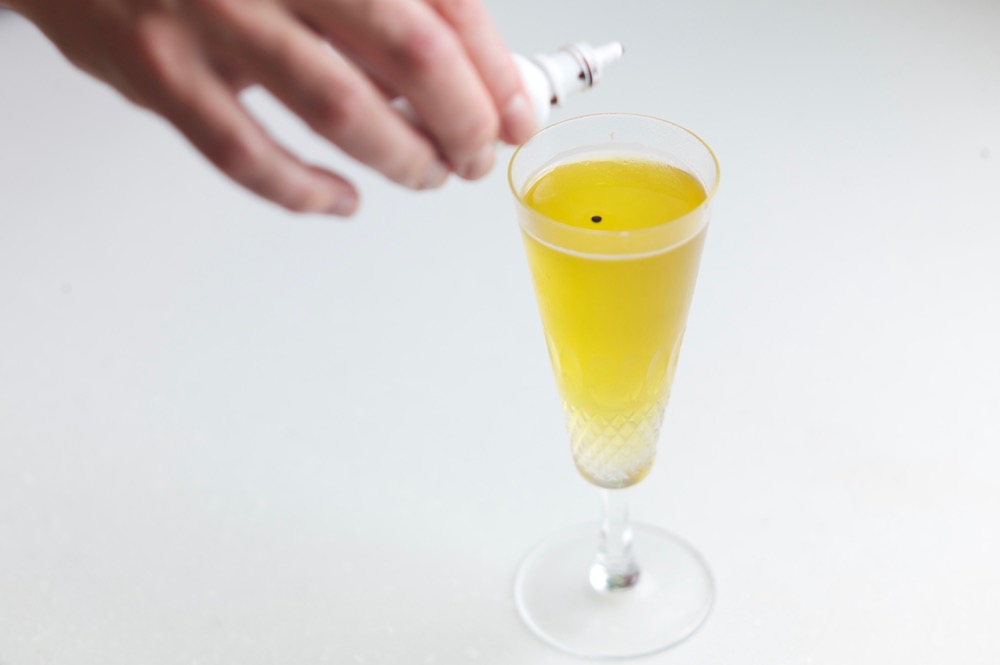
To capture the weird factor in Carrington’s work, I used a molecular-gastronomy technique to make balsamic gel beads.
Surrealism today is mostly a chapter in art history, so it’s difficult to appreciate the wildness and power it once had, or to imagine (or fear) that it might rise up from the pages of a book and possess a cook and her kitchen. But it felt like that’s what happened when I essayed to cook from the works of the English-born surrealist painter and writer Leonora Carrington (1917–2011). Carrington’s works are full of animal familiars, animate vegetables, and impossible foods like “pomegranates and melons stuffed with larks.” In one story, there’s “a plump, fat chicken with stuffing made of brains and the livers of thrushes, truffles, crushed sweet almonds, rose conserve with a few drops of some divine liquor. This chicken, which had been marinated—plucked but alive—for three days, had in the end been suffocated in vapours of boiling patchouli: its flesh was as creamy and tender as a fresh mushroom.”
Well then! As one might imagine, cooking that dish, or anything from what one introduction calls the “writhing, dense thicket” of “Carrington’s version of Jung’s collective unconscious,” was intimidating, and I was concerned that anything edible would be too ordinary. I didn’t have access to larks or live chickens. I had no giantess tart pan, and I don’t quite have the stomach to make truffled brains or suffocate anyone in patchouli fumes or marinate her alive. To my surprise, though, the spirit of the book seemed to rise up within me, and the mostly invented recipes were better than I knew I could dream up, brighter and more sour, weirder and more delicious. I thought they looked right and tasted even better.
The author we have to thank for this feast was the eccentric daughter of a wealthy English industrial family, a rebel child who ran off to Europe in the thirties at nineteen years old to cavort with the painter Max Ernst, then forty-six and married. The two lived first in Paris and then moved to a “farmhouse in southern France where they lived for two idyllic years, painting and writing and tending the grape vines and having lots of sex,” according to Kathryn Davis’s introduction to The Complete Stories of Leonora Carrington. Amazingly, the young Carrington held her own against Ernst as an artist, and the stories written at that time show her boldly taking themes of oppressive social structures and primordial sexuality and creating a kind of fractured grail story that feels both familiar and original. She’s very funny too.
Surrealism wasn’t really a light pursuit, though. It was a treasure hunt, a deep dive into the human subconscious with the objective of finding and returning with symbols—not the vanishing ones of postmodernist theory but symbols that had the power to transform, to be the sword and shield against evil. Carrington was a displaced person in Europe during World War II and was institutionalized; she knew some things about evil firsthand. After the war, she lived out the rest of her life in Mexico and never returned to England. As she draws it, her madwoman heroines are usually the only sane people in the room, and her symbology—horses represent Carrington herself, for example; birds and winged creatures are Ernst—is protective, an assertion of her reality against the world’s.

The surrealist painter Max Ernst was Carrington’s lover in the thirties. Wings often symbolized him in her work.
The weird food, then, isn’t just meant to make English culture seem silly and terrible (though it does that)—it’s a form of alchemy. All the eating and cooking and growing vegetables in Carrington’s stories perform the potentially salvational surrealist act of turning one thing into another. In one of my favorites, “As They Rode Along the Edge,” a madwoman heroine named Virginia Fur resists the entreaties of a church man and instead falls in love with a wild boar called Igname. Imagine the freedoms of a girl being thus able to choose her lover! Of Igname, Carrington writes: “No bird ever looked so splendid as Igname did in his attire of love.” He wears a bird on his head, a wig of squirrel tails and fruit, and “his hoofs were dyed red by the blood of a rabbit he had crushed while galloping … (He hid his russet buttocks, as he did not want to show all his beauty at one go.)” Igname is killed by the churchman, but Virginia remains undefeated. She gives “birth to seven little boars,” and instead of assuming her proper role as widow and mother, she “kept the one most like Igname, and boiled the others for herself and the cats, as a funeral feast.” Cooking one’s way to freedom is a good use for the kitchen stove.
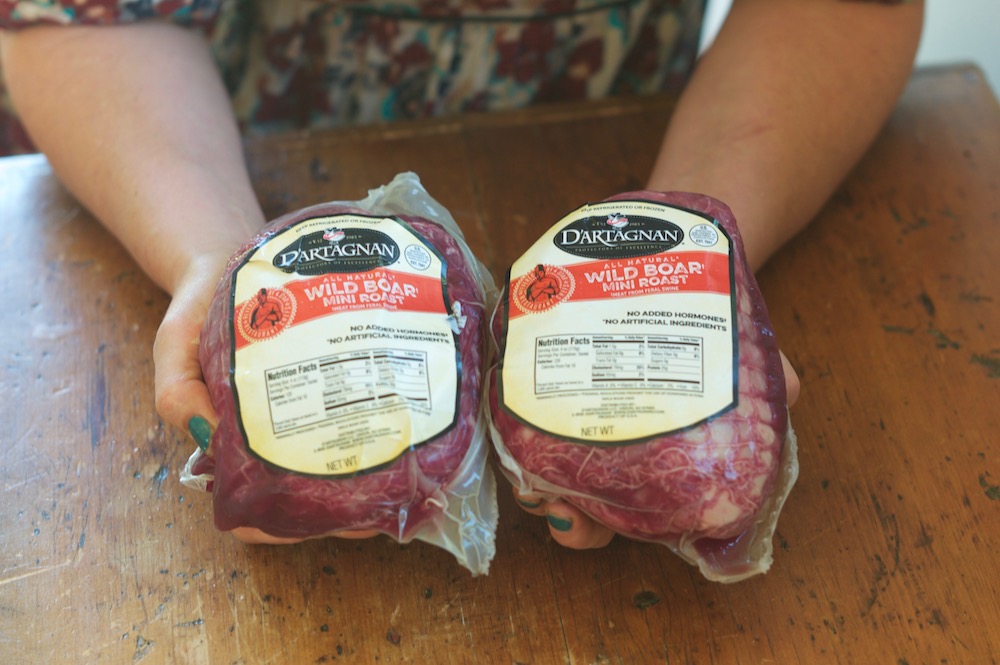
With appropriate surrealism, the packaging on this D’Artagnan wild boar shoulder warned me that it contained “feral swine.”
Naturally, I had to make a wild boar ragù, heavy on the cocoa powder, which I hoped would reference the mole sauces of Carrington’s prolonged Mexican exile. I also took the “melons stuffed with larks” made for the king in the story “The Sisters” and cooked the closest thing I could invent, ripe cantaloupe balls stuffed with ground pheasant. If you don’t have pheasant, the suggestion of the original recipe from the storied chef David Thompson is to use a mixture of ground pork, chicken, and shrimp.
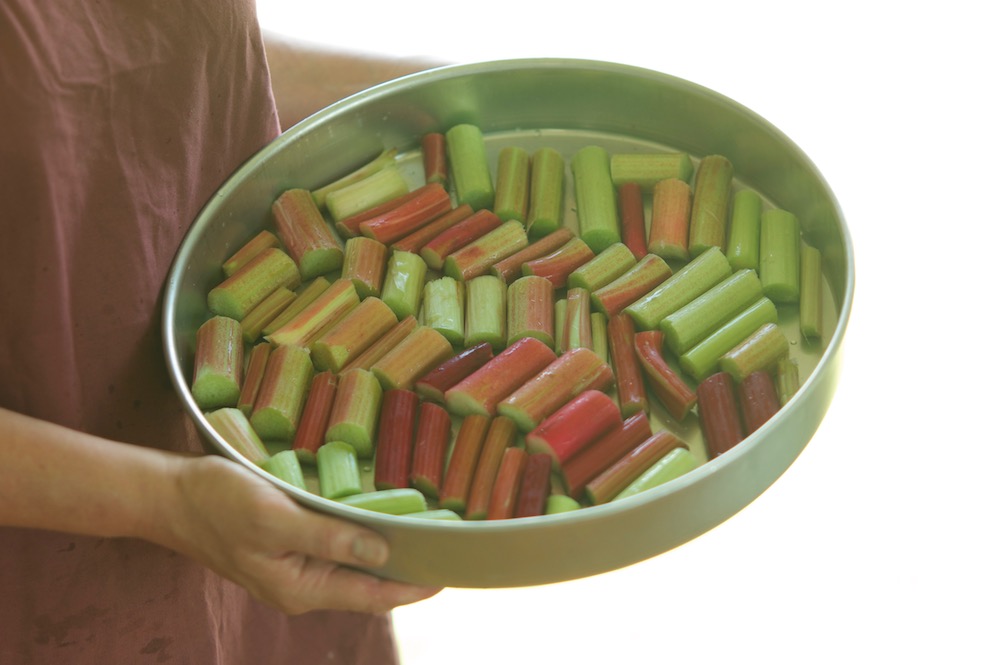
To determine how much rhubarb needed for an enormous tart, I prearranged the cut slices in my fourteen-inch pan.
A different story had “enormous cakes and tarts,” for which I sourced a fourteen-inch commercial pan and made a messy, scary, sour, stringy, hairy, green, delicious, free-form rhubarb tart. And lastly, in homage to Carrington’s vegetables, I made a surrealist salad, using items she mentioned, such as carrots, potatoes, zucchini, and radishes, and cutting them into strange shapes, with a winged creature for Ernst (a daikon butterfly) and a horse for Carrington (a carrot). I made balsamic gel beads for the dressing and a horses-and-radishes emulsion (creamed horseradish and olive oil), which surprised me by going perfectly with the cold potatoes and zucchini ribbons.
It was all so good, it was indeed surreal.
Melon Balls Stuffed with Pheasant
This recipe is adapted from Thai Food, by David Thompson.
1 whole pheasant, deboned and minced or ground
1/4 tsp salt
5 tbs peanut oil
4 tbs palm sugar
1/4 cup fish sauce
1/3 cup crispy fried shallots
1/3 cup crispy fried garlic
4 tbs ground roasted peanuts
1 ripe cantaloupe or musk melon
handful of coriander leaves
1 long red chili, deseeded and minced
For the paste:
4 coriander roots, scraped and chopped (or 1/3 cup coriander stems, chopped)
pinch of salt
5 garlic cloves, peeled and chopped
15 white peppercorns
Fry the ground pheasant in two tablespoons of peanut or other oil and a little bit of salt until cooked through and starting to brown. Set aside.
Make the paste. Pound all ingredients in a mortar and pestle until homogenous.
Fry the paste in three tablespoons of peanut oil until golden and fragrant. Add the palm sugar and fish sauce, and simmer gently until quite thick.
Add the cooked meat, and toss to combine. Simmer for a few minutes, stirring so the meat doesn’t clump. Add half each of the roasted peanuts, crispy fried garlic, and crispy fried shallots. Set aside to cool.
Scoop out melon balls. I used a two-inch ice-cream scoop to make the balls and then a spoon to scoop out a second indentation for the filling. Two melon ballers of different sizes would work as well.
Assemble, filling each indentation with the ground-pheasant mixture. Top with the minced chili, reserved crispy fried shallots and garlic, and a coriander leaf. Serve immediately.
Surrealist Salad with Horses, Radishes, Balsamic Gel Beads, and Horseradish Dressing
This salad suggests making balsamic gel beads, carving horses from carrots, and carving butterflies from daikon radishes. A delicious but less time-consuming version would substitute 2 tsp balsamic vinegar in place of the gel balls, 1/4 cup thinly sliced daikon radish in place of the butterflies, and just skip the carved horses, since there are carrot rounds in the salad as well.
Serves 4.
For the dressing:
2/3 cup balsamic vinegar
1 tsp agar agar flakes
1 tall glassful of oil, any type
4 tbs olive oil
2 tsp horseradish cream
For the salad:
2 small zucchini
3 large carrots, plus 1/2 cup thinly sliced carrot rounds
4 small purple potatoes and 2 small white potatoes, boiled and neatly cubed
1 daikon radish, for carving (or 1/4 cup thinly sliced daikon radish)
Follow the directions in this YouTube tutorial to make daikon butterflies.
Carve horses out of the carrots, following your own method.
Cut the zucchini into ribbons, using a vegetable peeler.
Make the balsamic gel beads. Fill a tall, flat-bottomed glass with oil of any type, and put it in the freezer for 30 minutes. In the meantime, combine the balsamic vinegar and the 1 tsp agar agar in a small saucepan and bring to a boil. Simmer until the agar agar has completely dissolved, and let cool slightly. Drip the hot liquid using a pipette or eye-dropper into the cold oil. The pearls should solidify by the time they reach the bottom of the class.
Make the dressing by whisking together the horseradish cream and the olive oil with a fork until emulsified.
Combine the potatoes, carrots and zucchini ribbons. Dress and toss. Serve garnished with balsamic gel beads, horse-carrots and a radish butterfly.
Wild Boar Chocolate Ragù
Adapted from this recipe by Anne Burrell
4 cloves of garlic, minced
2 carrots, chopped
2 celery ribs, chopped
1/2 fennel bulb, chopped
1 boneless wild boar shoulder, cut into chunks, about 3 lbs total
1 cup tomato paste
1/2 cup unsweetened cocoa powder
2 cups red wine
5 bay leaves
1 bundle fresh thyme
1 1-pound box of linguini, papardelle or other wide, flat pasta noodle
olive oil
salt
Grated Parmigiano cheese for serving
Coat the bottom of a dutch oven or other large pot with a good glug of olive oil. Add the chunks of wild boar, salt liberally with kosher salt, and sautée until browned, turning occasionally. Remove the meat from the pot and reserve.
Add the garlic, carrots, celery and fennel and sautée until browned.
Return the boar to the pan, add the tomato paste, wine and cocoa powder and bring to a boil. Turn down to a simmer and let the wine reduce by half. Then add 4 cups of water, or enough to cover the boar by about 1 inch. Add the bay leaves and sprigs of thyme.
Cover and simmer for three hours, adding water as the liquid level reduces if necessary. Taste frequently and adjust for salt.
During the last 30 minutes of cooking, bring a large pot of water to boil, salt it liberally, and cook the pasta according to the directions on the package. When it’s done, reserve about 1 cup of the cooking liquid, and drain. Add the finished ragù to the pasta, adjusting quantity so you have about half and half, sauce to noodles. Add 1/2 cup cooking liquid and turn the heat on, stirring to combine. Cook over medium heat until the liquid has reduced. Taste again and adjust for salt. Serve and topped with grated Parmigiano cheese.
Enormous Rhubarb Tart à La Mode
For the crust:
3 cups of flour
2 tbs sugar
1 tsp salt
2 sticks of cold unsalted butter, diced
1 egg, thoroughly beaten and chilled
2 tbs ice-cold water, or more to bring crust together
For the filling:
2 1/2 lbs of rhubarb, trimmed and chopped in tk-inch pieces
2 cups of sugar
1 egg for brushing, beaten with 1 tsp warm water
2 tbs sugar for sprinkling
Vanilla ice cream to serve
Make the tart crust by sifting 3 cups of flour with 2 tbsp sugar and 1 tsp salt. Set in the refrigerator to chill for 5 minutes, then add the butter and cut it in with a pastry cutter until the mixture resembles coarse sand. Add the beaten egg and the 2 tbsp water and stir with a knife until the mixture comes together in rough clumps, then use your hands to crunch the dough together until it forms a mass. If it’s too dry, add more water by the tablespoon until the dough comes together. Wrap in saran wrap and chill for 2 hours or overnight.
Make a simple syrup with 1 cup of sugar and 4 cups of water. Bring it to a boil, then add the rhubarb and let simmer for one minute. Shock in cold water. Drain, toss with 1 cup of sugar, and set aside.
To assemble, preheat the oven to 400. Roll out the dough to make one enormous round, large enough to come up the sides of the 14-inch pan. Trim any excess dough. Pop the pan in the freezer for 5 minutes. Once the dough has hardened slightly (but is still pliable enough to work with), drain the rhubarb slices of any maceration liquid and arrange them on the crust. Flip the dough down around the edges in a rustic manner, brush with egg, sprinkle the entire tart, all edges and filling, with sugar, and bake for 30 minutes, until crust is cooked and golden.
Serve with a scoop of vanilla ice cream. Even with this quantity of sugar, the tart should be quite sour, and needs the ice cream.
Valerie Stivers is a writer based in New York. Read earlier installments of Eat Your Words here.
from The Paris Review https://ift.tt/2L7mgIN
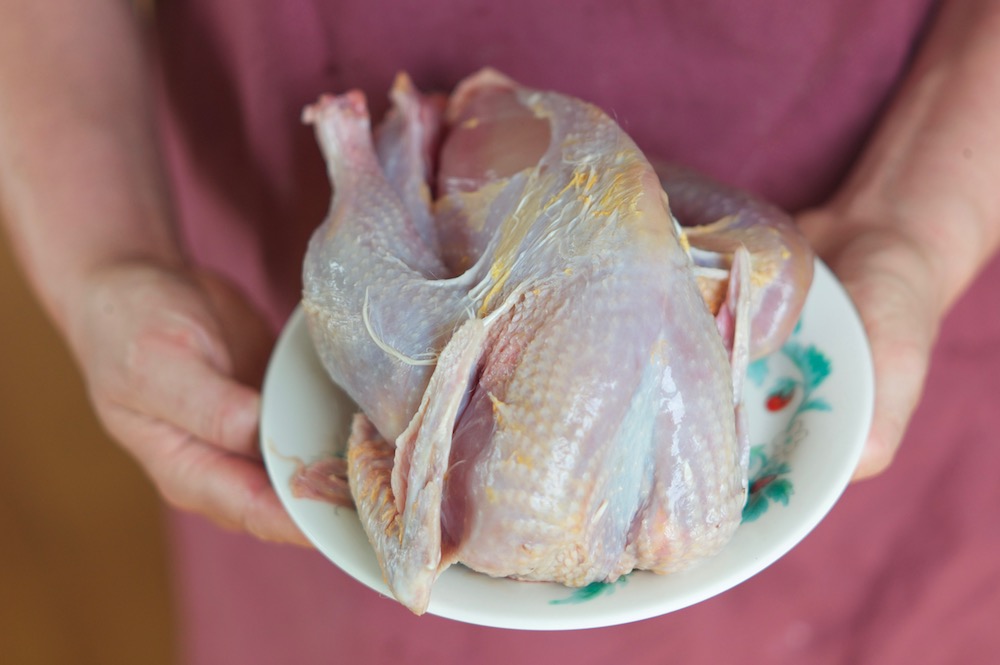
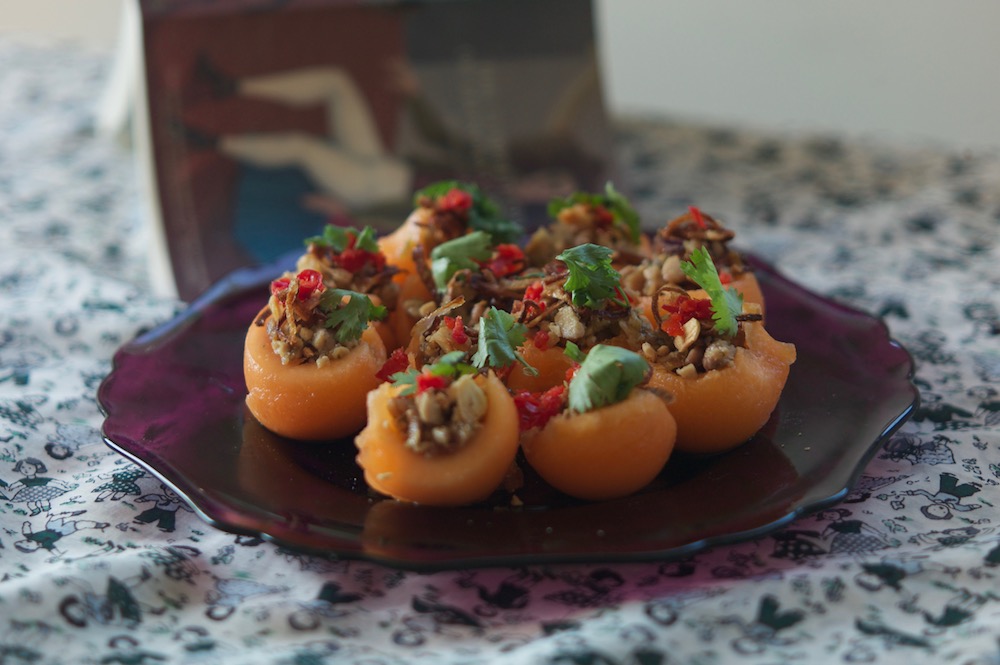
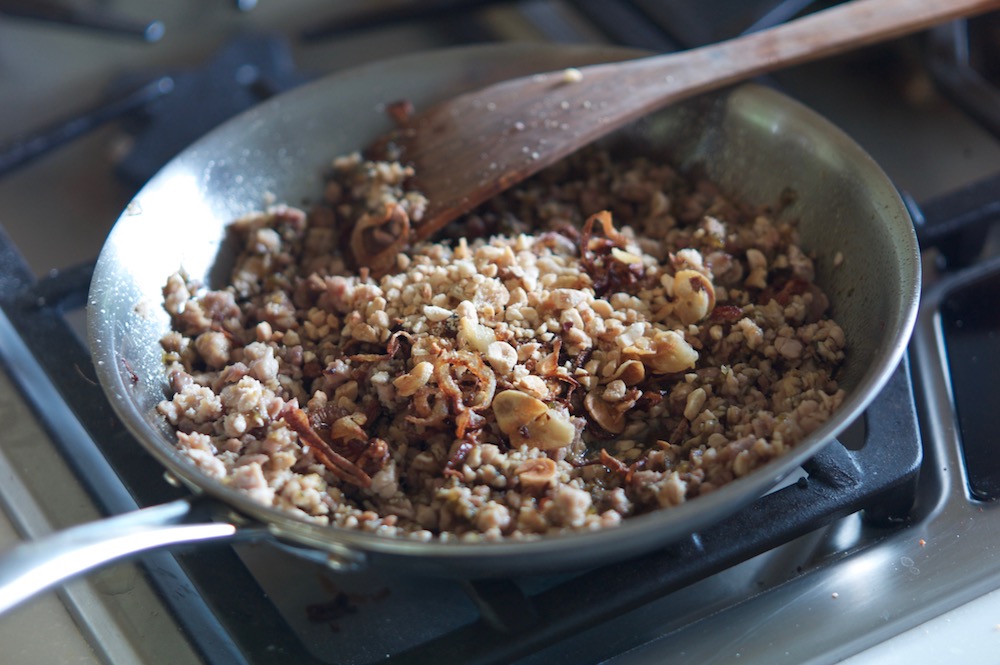
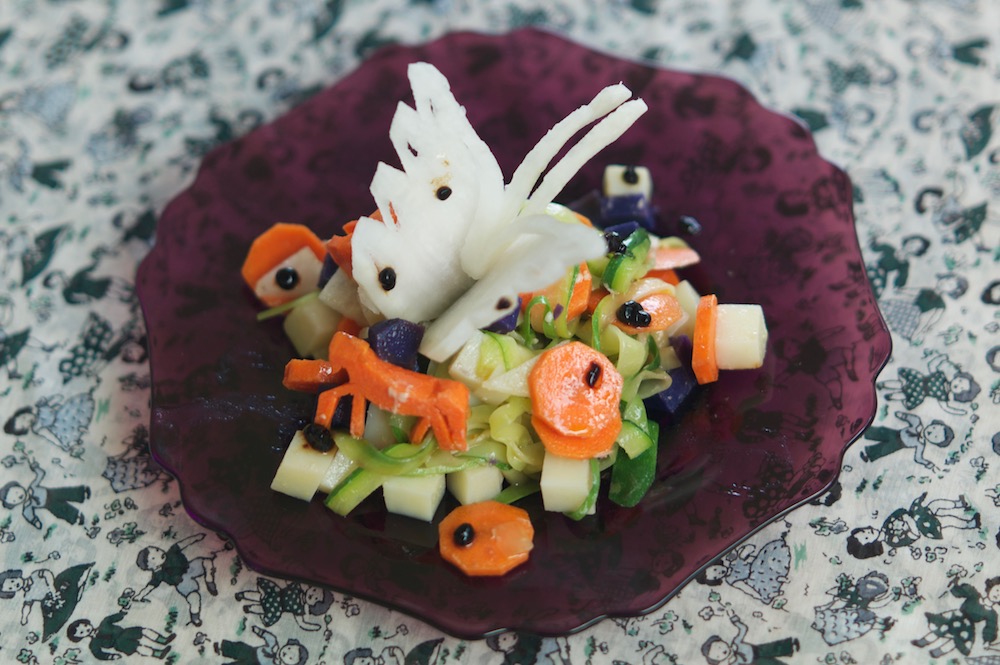
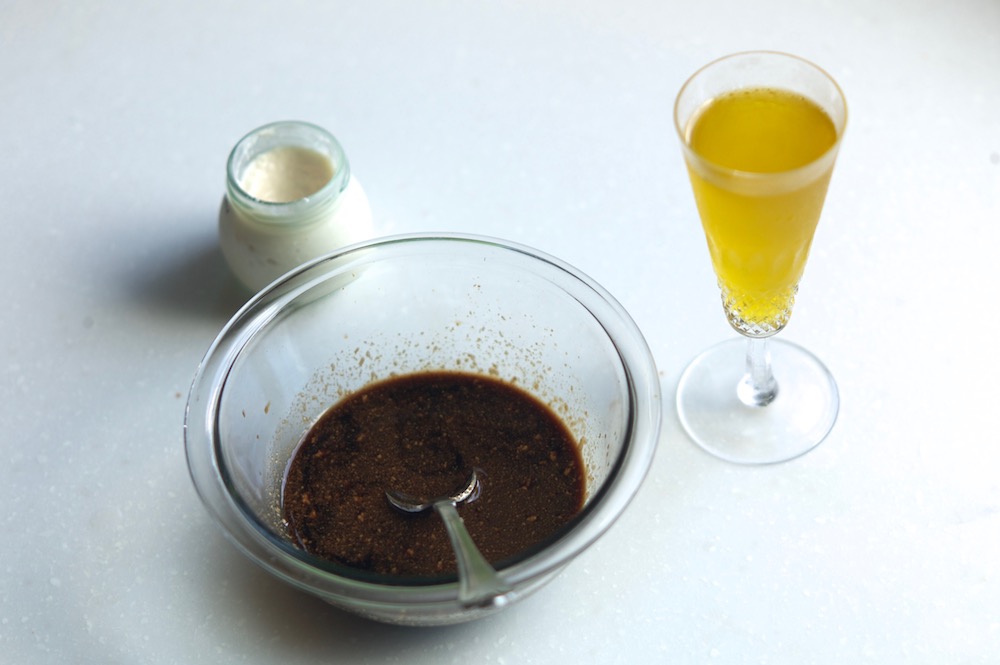
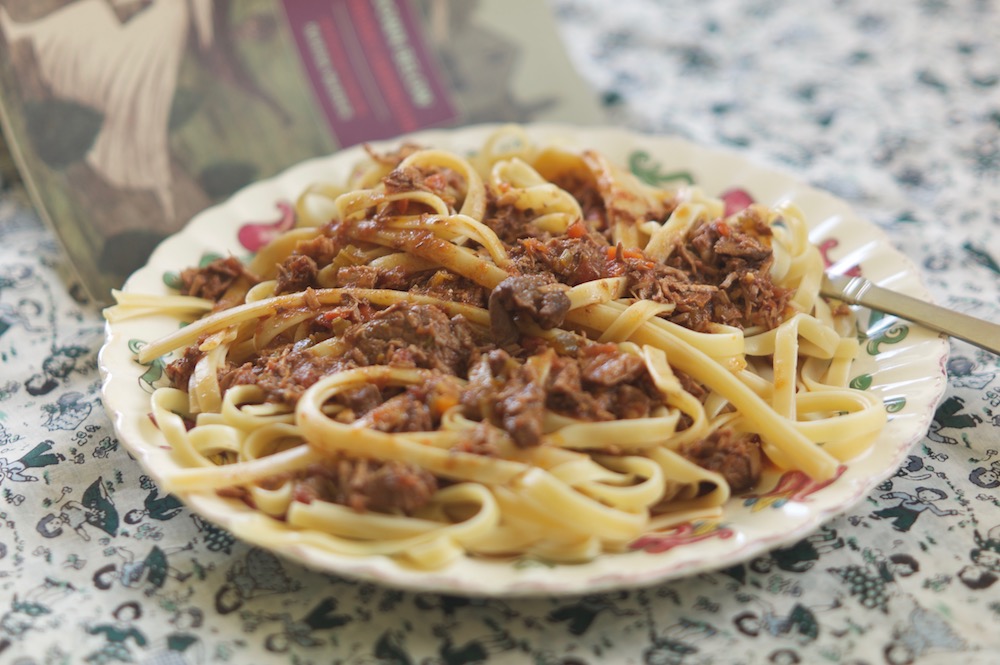
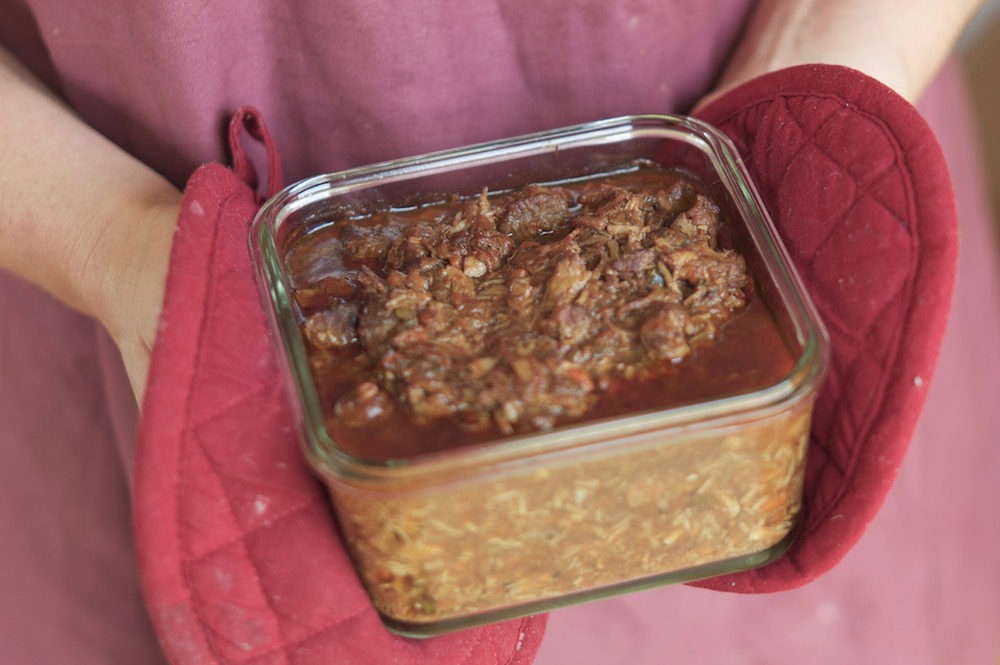



Comments
Post a Comment